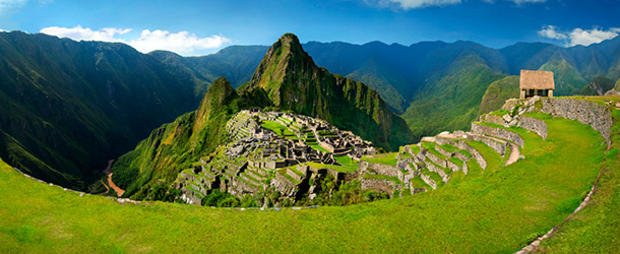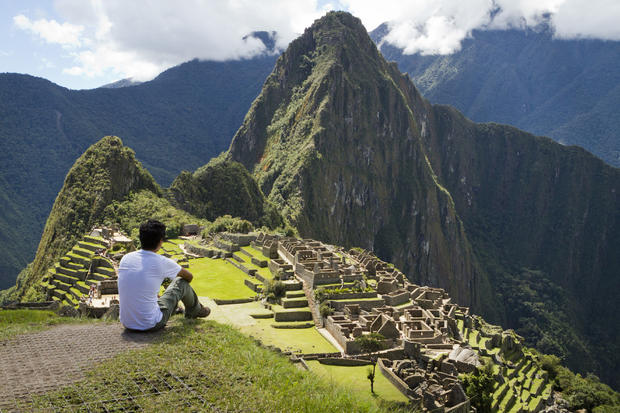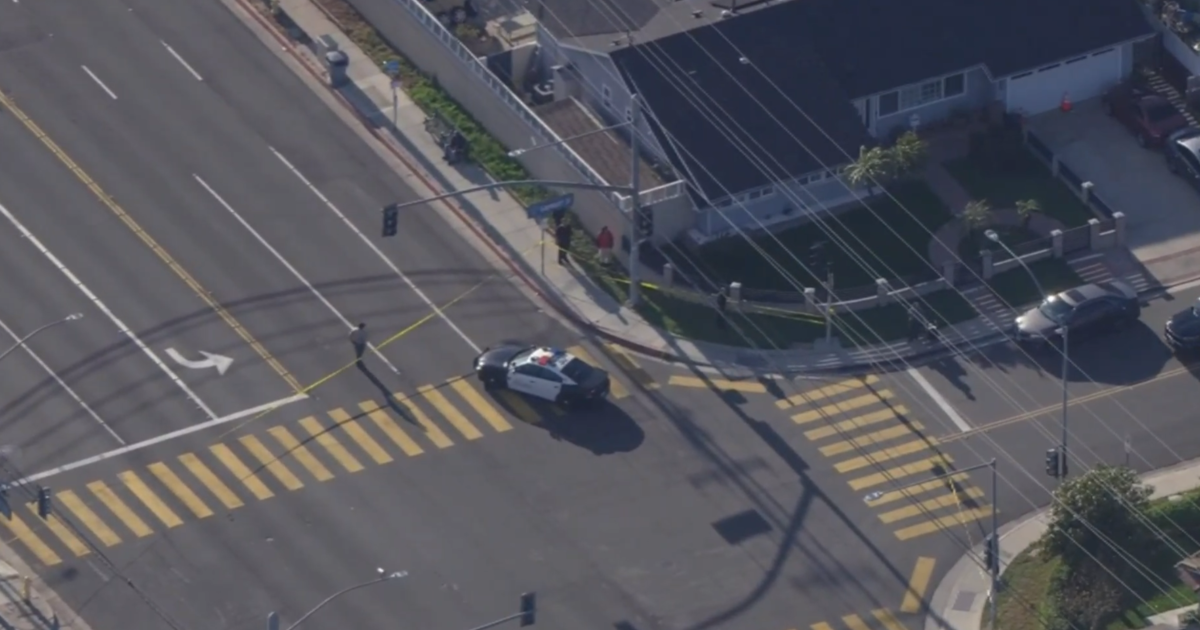Travel Guide To Machu Picchu, Peru
A magical Inca ruin and one of the world's seven wonders, Machu Picchu stands perched thousands of miles above sea level on a secluded hilltop in the Andes. Hidden from the Spanish who came to conquer the country in the 16th Century and virtually forgotten until it was stumbled upon in 1911, this awe-inspiring architectural wonder is South America's most visited archeological site and an inspiration to all who visit. Here's what you should know before you go.
Getting There
There are no highways leading to Machu Picchu, so walking or taking the train are your only alternatives.
By Train:
Many travelers start their trek to Machu Picchu in relatively nearby Cusco. A number of train services offer round trip tickets at varying rates, ranging from affordable to expensive. Two of the most popular are Peru Rail and Inca Rail. The train ride runs for about four hours. It is highly recommended that you buy round-trip tickets way in advance, particularly during the heaviest tourist season from June through August, when over 2,000 visitors arrive at Machu Picchu daily.
An alternative train route which takes more time but saves money is to taxi or bus the 40 miles from Cusco to Ollantaytambo and travel via the Machu Picchu Train. These tickets may also be more easily accessed if you are buying last-minute.
By Foot:
If you consider the journey to be as meaningful as the destination, you'll understand why hiking the Inca Trail is one of the most popular treks in the world. Meandering through the Andes, the Trail provides hikers with unparalleled views of nature and glimpses of archeological ruins. Independent trekking is allowed but most people opt to hire a licensed trail guide or tour and many also hire an additional porter. Only 500 people are allowed on the Trail daily, including the professionals who are bringing them. The Trail is also closed for cleaning during the entire month of February. No matter when you choose to go, you are not being overly cautious if you book a solid year in advance.
There are a number of routes and itineraries available, ranging from four to seven days and varying in difficulty. One of the most popular is the two-day, easy-to-moderate Sacred Trail trek which takes place at a lower altitude and usually does not require acclimatization. Most people opt to spend a few days adjusting to the altitude in Cusco before making the trip even at low altitudes, to avoid altitude sickness.
No matter which route you choose, make sure to wear sturdy shoes and to bring supplies such as a flashlight, first aid kit, insect repellent, sun block and water-purification tablets. Don't forget your passport and enough Peruvian currency to tip your tour guide, or porter. Trail travel is most popular during the dry, sunny months of May through September, but no matter when you go, it is important to prepare for cold nights with layered clothing and heavy sleeping bags.
The Inca Trail is part of the Machu Picchu Sanctuary and a breathtaking adventure on its own. It leads to Machu Picchu through the steps of the exquisitely constructed Sun Gate, where panoramic views of the Andes and surrounding ruins beckon you as you continue your journey into one of the most mystical places on earth.
Entering Machu Picchu
At almost 8,000 feet above sea level, Machu Picchu weaves together extraordinary Inca architectural achievement and the natural world which houses it seamlessly. Surrounded by gentle, shrouded cloud forest along the upper Amazon Basin on the Eastern slope of the Andes, Machu Picchu gives testament to an ancient culture and religion still capable of captivating and astonishing those who visit. Built in the 1500s, it was thought to be abandoned and left vacant when the Spanish conquered Peru, possibly to keep it hidden.
Upon entering Machu Picchu, visitors often go to the Hut of the Caretaker of the Funerary Rock. This restored, thatched-roof structure provides an overall view of the entire area and is thought to be the location where nobility were mummified.
Inside Machu Picchu
Over 200 structures still stand, many of which are thought to have been devoted to prayer, ceremony, agriculture and astronomical study. A variety of temples within the citadel are believed to have served multiple purposes. The Temple of the Sun housed the Torrean Tower at Machu Picchu's highest altitude peak so worshipers could better contemplate the heavens. It also has a room below it, thought to have been used to study Andean flora and fauna. The Temple of the Condor may have been used to breed guinea pigs and also houses a dungeon where prisoners were thought to be brutally tortured.
The Inca mastery of agriculture is apparent here, and evidence of their clear grasp of concepts such as soil cultivation, guano fertilizer, medicinal plant use, irrigation and terrace construction are both sophisticated and astonishing.
Other places of interest include the Liturgical Fountains, Sacred Plaza and the Temple of Three Windows. Every building, statue and work of art offers up tantalizing glimpses of a civilization both poetic and brutal.
Machu Picchu and the mysteries it holds has been analyzed and speculated upon for decades. Who the Incas were and what this far-away citadel represented to them is still open to interpretation and theory. What is known and not up for debate is the life-changing experience visiting this far away destination is for all who are lucky enough to journey here.






